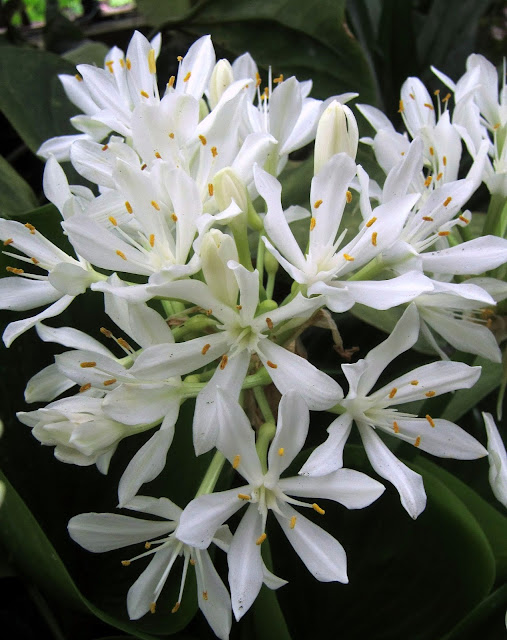The smelly 'lizard-tail'

Amorphophallus saururus , the 'lizard-tail' (from the Greek ' sauros ' which means 'lizard', and ' oura ', meaning 'tail') again decided to throw out a bloom. I noticed it coming up last week, but initially thought the inflorescence to be an upcoming new leaf. The last time a saururus 'flowered' for me was... let's see... around July 12, 2016. So that's three years. With Amorphophallus you kinda expect such infrequent and unpredictable blooming, but I guess it's one of the more enthralling facets of the species in this genus. Apart from the stink. Like many of its brethren, A. saururus emits a scent that is disrespectful to the olfactory senses. Think of a carcass that's left in the sewer to fester. But to be fair, the scent isn't that too powerful, and you have to be about 30 cm away from the plant to catch a whiff of its exquisite aroma. And yet, one really wouldn't mind an A. saururus without them blo...






